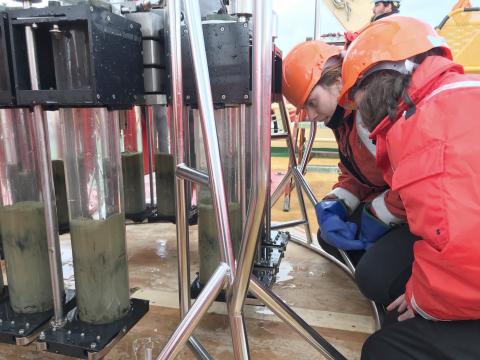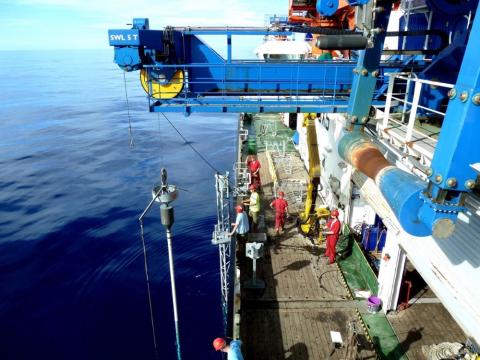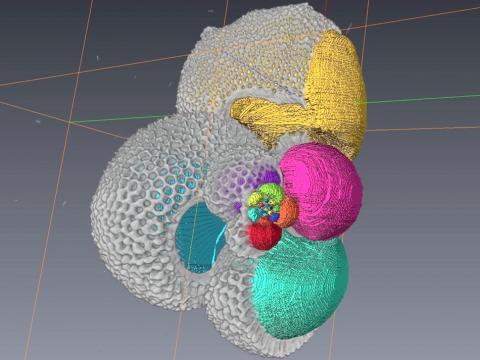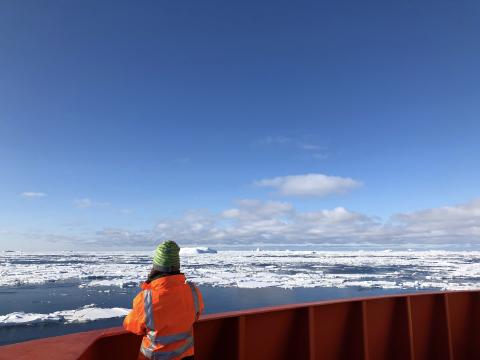Research group
Palaeoceanography and Palaeoclimate

Humans are now the main cause of climate change on Earth. We work all around the world to understand how Earth's climate system works naturally. We use what we learn about past changes in climate, to predict the ways in which Earth will respond to human-driven change in the coming decades.
Part of
Ocean and earth science






